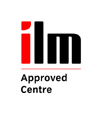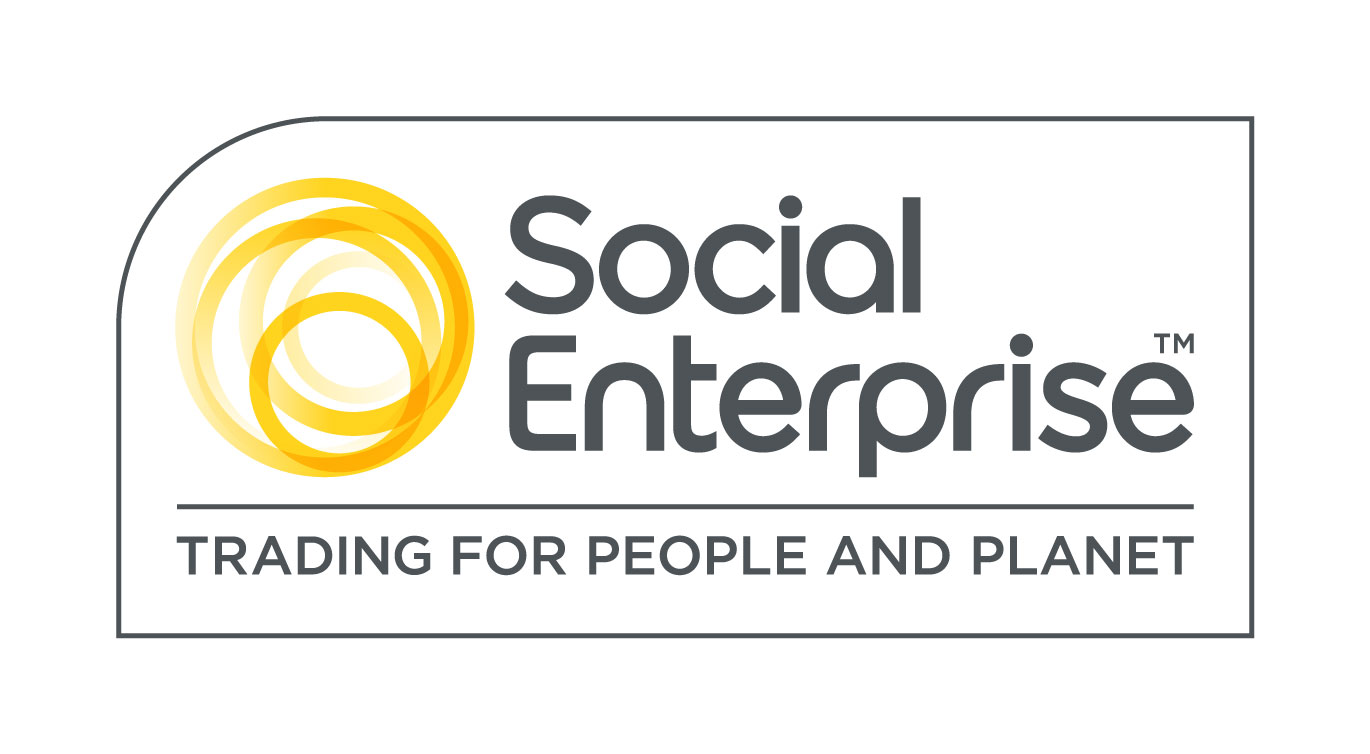Income Self Tax Assessment
For the self-employed there is a different system of paying tax and this is called Self Assessment.
It is called Self Assessment because you tell HM Revenue & Customs (HMRC) how much money you have earned in a tax year and then pay the appropriate amount of tax based on those figures. The information is sent to HMRC annually on a Tax Return.
Self Assessment tax returns are issued in April each year and cover the year from the previous 6 April to 5 April. For example, the 2005-06 tax year covers the period from 6 April 2005 to 5 April 2006. HMRC will normally send you a tax return form automatically once you are on their system. However, it is your responsibility to ask for one if you need it and there may be financial penalties for not doing so. For example, failure to notify HMRC of your new business will incur a £100 penalty if it is not done within 3 months of when you started.
It is not just the self-employed that have to complete tax returns. Usually company directors are required to complete them, people who are higher-rate taxpayers, people who have any sources of untaxed income such as rental income or people who have made capital gains on the sale of property or shares.
The self assessment tax return is made up of a core return and a number of optional supplementary pages depending on your particular circumstances. The core return is where you give details of any income from savings, investments and pensions. It also allows you to claim any tax relief’s available to you such as for pension contributions or charitable donations.
The most common supplementary pages are for:
• Employment pages - if you are an employee or company director
• Self-employment pages - if you are a sole trader
• Partnership pages - if you are self-employed in a partnership
Many people who start up in business also retain a part-time job to keep a regular source of income coming in. In this case you will need to complete both the supplementary employment and self-employment pages. If you have more than one business in which you are self-employed, or more than one employment, you will have to complete separate pages for each.
If you complete your return on paper and you want HMRC to calculate how much tax you need to pay then you need to send it back to them by 30th September following the end of the tax year. If you send it back later than this, then you will have to do your own calculations, or get an accountant to do them for you.
If you choose to complete and file your tax return online, the system will immediately show you how much tax you need to pay. Either way, your return must reach HMRC by 31st January following the tax year in order to avoid a late filing penalty of £100. You may also be charged penalties and interest on any tax that was not paid by this date.
As you have ten months from the end of the tax year in which to complete and submit your tax return, it is a good idea to start completing your return as soon as possible. This will give you time to collect all the information you need.
Keeping Proper Records
Keeping the right records is essential. It will make it much easier to manage your business and complete your tax return. It is also a legal requirement for which you may be fined up to £3,000 if proper records are not kept.
If you are in business as either a sole trader or a partnership then you must keep the records for at least six years after the end of the tax year. This is the window of time in which HMRC may make an investigation into the figures on your tax return.
The records you need to keep depend on your particular circumstances. Make sure you keep enough information to support the claims you have made on your tax return.
Basic records that individuals should keep include copies of P45s, P60s and P11Ds from employers, bank statements, cheque stubs and paying-in book stubs for all business accounts, dividend vouchers for any dividends you may have received and details of any pension contributions or gift aid donations that have been made.
You also need to keep records of all your business income and expenditure to support the figures shown in your accounts.
When to Pay
The tax year runs from the 6 April to the following 5 April. When you will have to pay depends on your particular circumstances and each has specific deadlines.
Employees:
If you are an employee or a director of a limited company, you usually pay most of your tax under PAYE. Your employer deducts tax and NICs from your wages or salary.
If you have to complete a self-assessment return, and owe additional tax, this is usually due by 31st January following the end of the tax year. If the amount you owe is less than £2,000, you can ask for the tax to be paid by adjusting your PAYE payments if you have sent your return in by 30th September (or 30th December if filing electronically) following the end of the tax year.
Self-employed:
If you are self-employed or a partner in a partnership, you normally pay your tax in three stages:
• First payment on account by 31st January during the tax year. This is normally half your previous year’s tax bill.
• Second payment on account (equal in amount to the first) by 31st July after the end of the tax year.
• A final balancing payment by 31st January following the end of the tax year - this is the tax payable for the year less the payments on account that you have already made.
In the tax year in which you first start up in business there are normally no payments on account to be made as you did not have a tax liability for the previous year.
There are automatic penalties for late payment. You will also be charged interest on overdue tax.
Expert Advise by Dean Shepherd, www.mmi-online.com
Our business coaches are here to help. Find out more about our business coaching services or email us at [email protected] to arrange a chat with one of our coaches.





